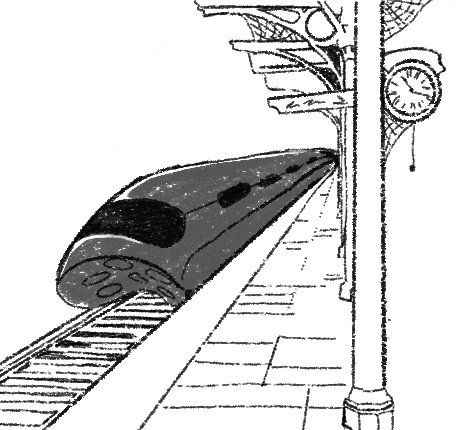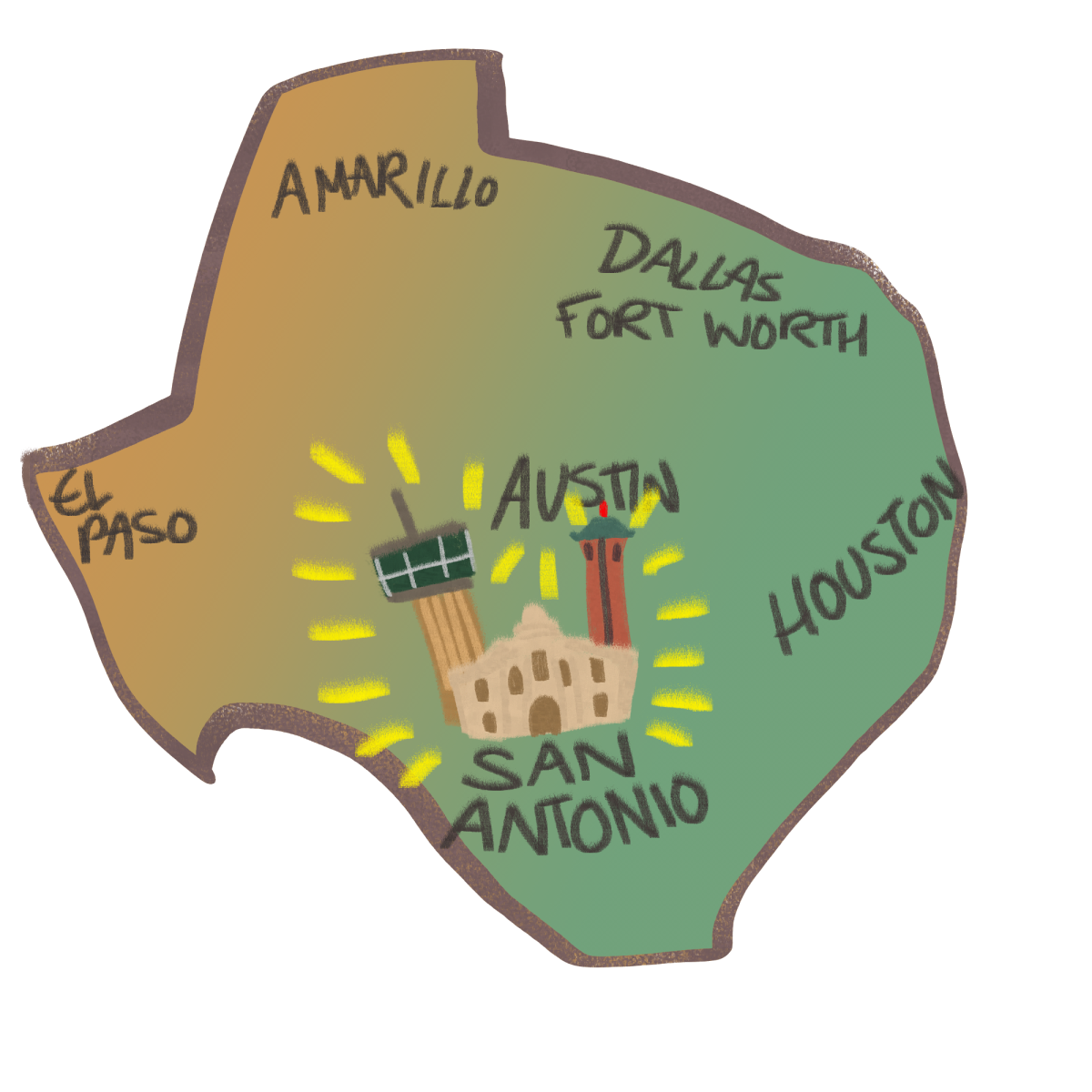Rail travel curiously remains a marginal presence in American visions of future transportation, with the spotlight instead fixed on self-driving cars and the enduring dominance of air travel. Nevertheless, high-speed rail has become a burgeoning global industry and has established itself as a leading mode of transportation across Europe and Asia, serving more than 3 billion passengers annually.
Despite having the largest railroad network in the world, the United States primarily uses this infrastructure to transport freight. While the U.S. played a pioneering role in passenger trains during the 19th century, the post-World War II era marked a decline in railways. The automobile industry was booming, and Americans were purchasing cars and homes in suburban areas lacking rail connections. As a result, investment in highways and aviation took precedence in infrastructure development, at the expense of rail.
Currently, the only high-speed rail line in the U.S. is the Acela Express, which runs through the Northeast Corridor from Boston to Washington, D.C. While it has the potential to reach speeds of 165 miles per hour, it can only maintain an average speed of 70 miles per hour between these cities. This is because its tracks are shared with commuter and freight trains and are over 100 years old in certain places, making them too frail for high-speed travel. From this alone, it is evident that high-speed rail is not a top priority for the general American populace, many of whom remain largely unaware of its potential benefits.
Further developing rail networks can revitalize areas outside urban centers, improve carbon efficiency and create a less congested, more interconnected nation. While the promises of rail travel call from the horizon, their fulfillment depends on our country’s ability to address the logistical and political obstacles that lie in their path.
Before high-speed rail initiatives can progress, they require a combination of multistate commitment, national planning and federal funding, all of which are currently absent. Joe Szabo, former head of the Federal Railroad Administration, emphasizes the importance of a strong federal partner, claiming that it has been “the piece that has been missing for rail.” Many states have vested interest in further developing their rail infrastructure, but “there hasn’t been a strong federal partner for rail like there has been for highways and roads,” Szabo said.
Furthermore, high-speed rail lacks prominent advocacy groups as well as substantial public protests against competing travel methods. Moreover, within state transportation departments, the majority of engineers concentrate on highways, and there is a notable deficiency in institutional rail expertise.
Some contend that these challenges are insurmountable, and that the United States has long become ossified in its preference for cars and airplanes as dominant modes of transportation. It’s worth noting, however, that the airline industry has grappled with chronic staff shortages for several years, leading to a substantial number of flight delays and increasing weariness among the traveling public, particularly for shorter-distance flights. Additionally, the rising costs associated with car ownership and escalating road congestion present compelling reasons to explore alternative transportation options.
Currently, several ambitious projects are on the horizon, seeking to connect major cities such as Boston and New York, Dallas and Houston, Portland, Seattle, and Vancouver as well as Los Angeles and San Francisco through advanced rail systems.
Although the challenges these projects face remain, proponents argue that the potential of high-speed rail is too promising to overlook. Offering a smaller carbon footprint than driving, flying or conventional rail, high-speed rail presents a promising means of further mobilizing our nation while reducing climate impacts. It is important to articulate these advantages more effectively to garner bipartisan support, emphasizing that, while high-speed rail may not be the ultimate solution for all transportation needs, it undoubtedly has a vital role to play.







